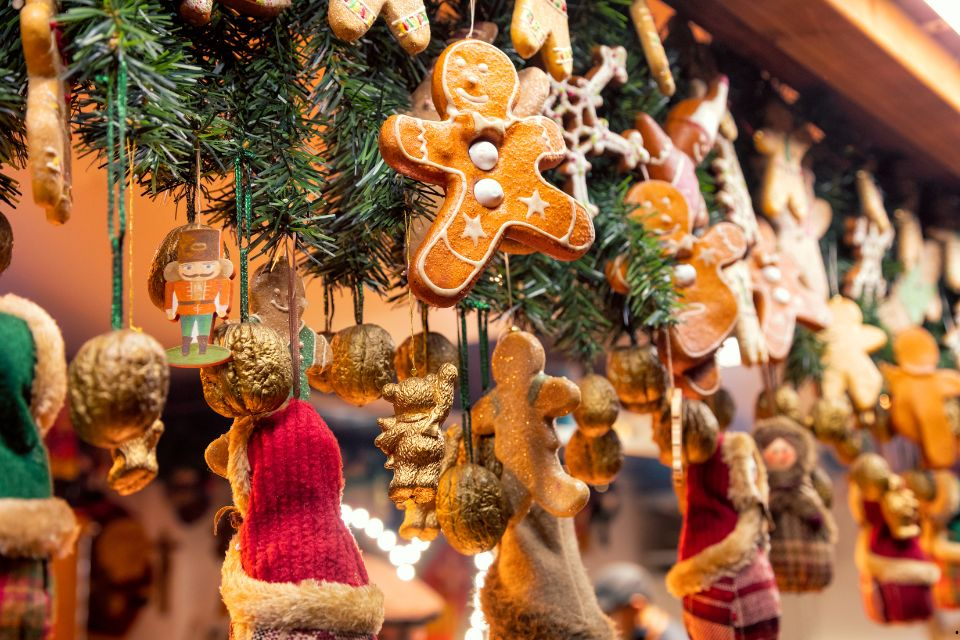Labor Day, observed on the first Monday of September, is more than just a day off work or the unofficial end of summer. It’s a significant public holiday in the United States that honors the American labor movement and the vital contributions workers have made to the nation's strength, prosperity, and well-being. Let’s delve into the history, significance, and modern-day celebrations of this important holiday.

The Historical Roots of Labor Day
Labor Day has deep roots in the American labor movement of the late 19th century. During this period, the industrial revolution was in full swing, and workers often faced grueling conditions, long hours, and inadequate pay. In response, labor unions formed and began to advocate for better working conditions, reasonable hours, and fair wages.
The first Labor Day celebration took place on September 5, 1882, in New York City, organized by the Central Labor Union. The event included a parade to show the strength and spirit of trade and labor organizations, followed by a festival for the workers and their families. This initial celebration laid the foundation for Labor Day as we know it today.
In 1894, following the Pullman Strike—a nationwide railroad strike that resulted in significant unrest—President Grover Cleveland signed a bill into law designating Labor Day as a national holiday. This was a pivotal moment in recognizing the importance of the American workforce.
The Significance of Labor Day
Labor Day is more than a long weekend; it’s a tribute to the economic and social achievements of American workers. It serves as a reminder of the labor movement’s history and its role in securing rights and benefits that many workers enjoy today, such as the eight-hour workday, weekends, and safe working conditions.
The holiday also highlights the ongoing struggles and achievements in the labor sector, encouraging reflection on current labor issues and how they can be addressed.
Modern Day Celebrations
Today, Labor Day is celebrated with a variety of activities that reflect both its historical significance and its role as a farewell to summer. Here are some common ways people celebrate:
Parades: Many cities hold parades featuring local labor unions, community leaders, and workers. These parades are a nod to the original celebrations in the 19th century.
Barbecues and Picnics: Labor Day is synonymous with outdoor gatherings, where families and friends come together to enjoy barbecues, picnics, and other festive activities.
Sporting Events: The holiday weekend often features major sporting events, including baseball games and the start of the college football season.
Sales and Shopping: Labor Day weekend is known for significant sales and discounts in retail stores, making it a popular time for shopping.
Travel: Many people take advantage of the long weekend to travel, whether it’s a quick getaway or a last summer vacation.
Reflecting on Labor Day
While Labor Day marks a time of celebration and relaxation, it’s also an opportunity to reflect on the progress made in labor rights and the challenges that remain. The holiday reminds us of the importance of fair labor practices and the need to continue advocating for workers’ rights.
Labor Day is a multifaceted holiday that honors the contributions of American workers, celebrates the end of summer, and provides a moment to appreciate the labor movement’s impact on our lives. Whether you’re enjoying a barbecue, watching a parade, or simply relaxing, take a moment to remember the significance of this day and the ongoing journey toward fair and equitable labor practices.




